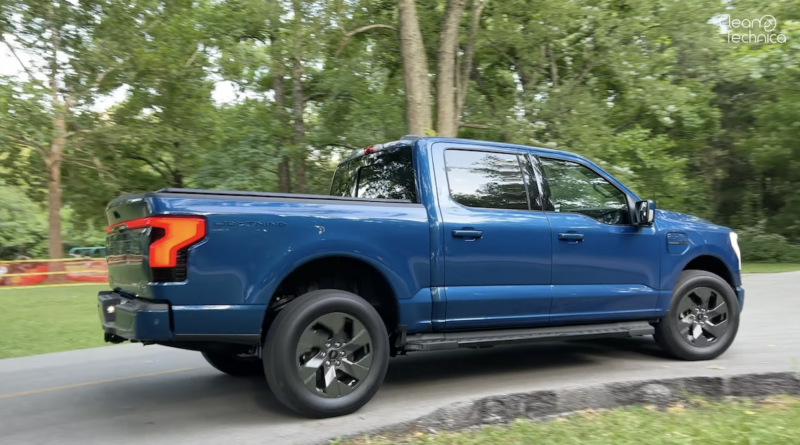The Real Crime With The US EV Tax Credit — Pushing Larger Vehicles
This kind of automobile favoritism is nothing new in the US. However, I’m having a tough week, and another update on the US EV tax credit has just pushed me over the edge.
As Steve Hanley wrote earlier today, “Also be aware that the maximum sales price of a sedan or wagon may not exceed $55,000 and the maximum sales price of an SUV or light duty truck may not exceed $80,000. For the very latest information about whether that vehicle you crave is eligible, plug its VIN number into fueleconomy.gov to get the definitive answer.”
Now, one may argue: But, yeah, larger vehicles cost more, so they should have a higher threshold/max price to qualify for the EV tax credit. So what! If the limit is about not giving money away to rich people who don’t need it, what does it matter how big the vehicle is or how it’s classified? Is the max price in place to not throw taxpayer money away at rich people, or is it in place for some other reason? But that’s not even the worst part.
As noted at the top, larger trucks and SUVs (“light-duty trucks without beds”) have benefited from favoritism for years. When the US government tried to crack down on fuel efficiency and pollution in the auto industry, they had to delineate rules for different categories of vehicle — a farm truck shouldn’t have to meet the same regulations as a family car. Later on, during the George W. Bush administration, some clever lobbyists and their vermin colleagues in industry and politics snuck in some loopholes. Back when Gerald Ford brought Corporate Average Fuel Economy (CAFE) standards into the world, men smoking cigarettes indoors decided logically that trucks shouldn’t have to be held to the same standard as cars — because farms and stuff — but the auto market has abused that and stretched the term in order to get away with polluting more for higher profits. I don’t know how many farmers you know, but I’m sure you know and see a ton more people driving “light-duty trucks” around than farmers and blue-collar workers who need them for their jobs. That Cadillac XT5 at the intersection sure isn’t hauling carrots around. So, trucks and SUVs and crossovers have been able to pollute more, and automakers have sold more and more of them. (If you want to let your slowly boiling blood get overheated from a longer rant about this, check out this reddit thread.) But what’s that got to do with the EV tax credit?
It seems that for whatever misleading or misused reason, that favoritism was carried over into this new era of EVs with the tax credit changes. Richer people can get the tax credit for larger EVs that they can’t get for smaller EVs that cost the same. What does that effectively do? It pushes even more people to buy larger vehicles, which are less efficient and need larger batteries. They also create more pollution from tires, manufacturing, etc. What a waste!
I’m a big fan of the US EV tax credit, including some of its more controversial elements geared at reshoring US jobs and securing a solid EV battery supply chain that helps our economy and our planet, but this element of the law really irks me. We are just promoting larger, more inefficient vehicles. It’s stupid.
Have a tip for CleanTechnica? Want to advertise? Want to suggest a guest for our CleanTech Talk podcast? Contact us here.
Latest CleanTechnica.TV Video

CleanTechnica uses affiliate links. See our policy here.

